‘The spill box’ could lead to better utilization of fish feed, say researchers
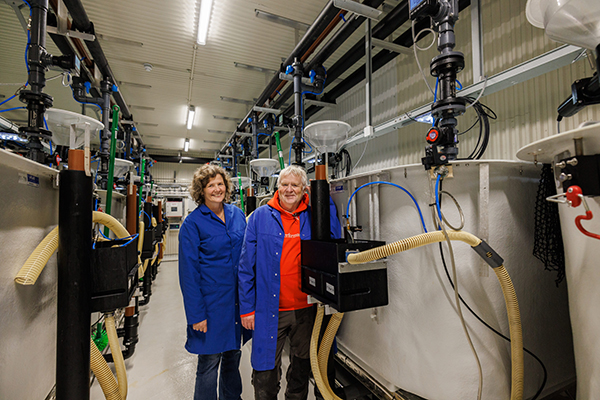
Food research institute Nofima and equipment supplier Vard Aqua have developed a new research tool that separates uneaten fish feed from the aquaculture wastewater so it can be recycled back to the salmon. The invention has been given the preliminary name of “spill box.”
“We are very pleased that we get the chance to collaborate with technology suppliers like Vard Aqua, so that they can take our research tool and develop it on a commercial scale,” said Kjell-Åge Rognli, director of business development at Nofima. “Economy and resource utilization will be the major advantages of the spill box for industry actors.”
Approximately 10 percent of fish feed goes to waste in land-based aquaculture facilities. This feed then mixes with fish feces in the drainage system and creates sludge. Feed is a resource that is being lost, leading Nofima and Vard Aqua to look for solutions.
For years, scientists have wanted to improve the method for measuring the digestibility of fish feed in research. In farmed fish, it is difficult to measure fish feed intake and the exact digestibility of feed compared to livestock. With livestock, feces can be collected from the ground and feed residues can be removed from the feed trough. But for fish, everything is mixed in the water. It led to scientists developing a better tool for the collection of fish feed and feces.
“We hope the spill box will make accurate measurements, and give our research technicians an easier working day, and the fish do not have to be handled,” said Turid Synnøve Aas, Nofima’s project manager and one of the scientists behind the method.
If the commercialization of the spill box goes as Rognli anticipates, it could contribute to virtually zero feed waste in a land-based facility. Vard Aqua is still developing how the feed will be recycled back to the fish, but the scientists believe that land-based facilities are “the most relevant.”
“A land-based facility with a daily feed consumption of 2 tons normally has a feed wastage of 200 kilograms every day,” said Nofima in a press release. “It will be a very positive outcome if 200 kilograms per facility become a resource in food production, instead of going to waste.”
Another industry advantage is that the separated sludge becomes drier. That means that additional drying processes aren’t necessary, saving energy and infrastructure regarding sludge treatment. This type of sludge without feed residues has a higher concentration of minerals.
However, sustainable resource utilization was not on the agenda for the scientists when they started development. The tool must be further developed if it is to be used commercially, but trials in small, closed-containment facilities at Nofima’s research station at Sunndalsøra have yielded positive results in separating feed and sludge.
“This is an example of research results benefiting the industry, as this leads to better utilization of feed,” said State Secretary Kristina S. Hansen from the Ministry of Trade, Industry and Fisheries. “Useful research and money well spent.”
Follow the Advocate on Twitter @GSA_Advocate
Now that you've reached the end of the article ...
… please consider supporting GSA’s mission to advance responsible seafood practices through education, advocacy and third-party assurances. The Advocate aims to document the evolution of responsible seafood practices and share the expansive knowledge of our vast network of contributors.
By becoming a Global Seafood Alliance member, you’re ensuring that all of the pre-competitive work we do through member benefits, resources and events can continue. Individual membership costs just $50 a year.
Not a GSA member? Join us.
Author
-
Responsible Seafood Advocate
[103,114,111,46,100,111,111,102,97,101,115,108,97,98,111,108,103,64,114,111,116,105,100,101]
Tagged With
Related Posts
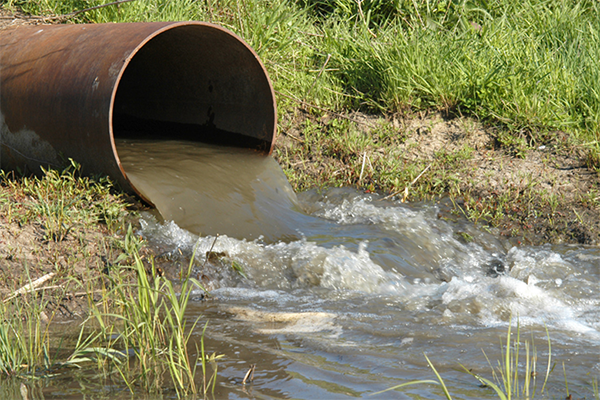
Responsibility
Underground injection of aquaculture wastewater
Disposal of aquaculture wastewater using injection wells has a much lower pollution risk than the dispersal of municipal and industrial wastewaters.
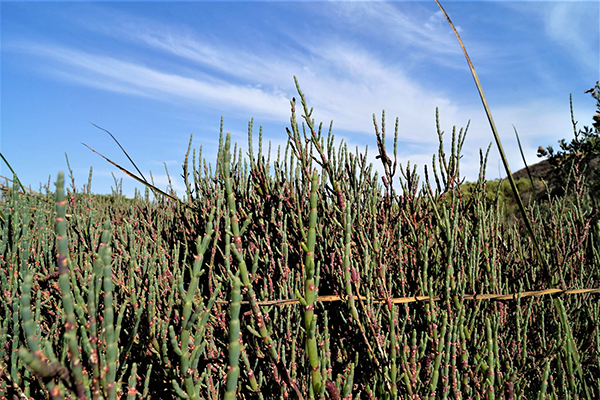
Responsibility
Can Salicornia effectively treat aquaculture effluent?
Trial demonstrates that artificial wetlands of Salicornia neei can be used for wastewater treatment in saline aquaculture in South America.
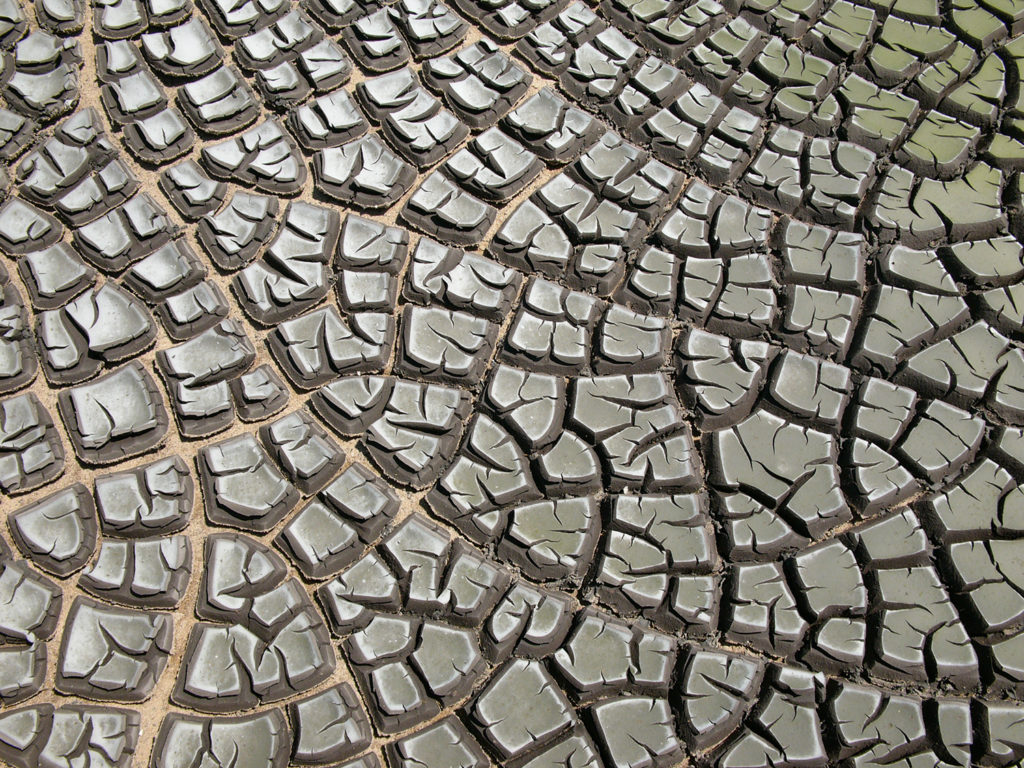
Responsibility
Composting of seafood processing sludge
Study evaluates if controlling maturation stage during seafood sludge composting through turning improves the process in comparison to static composting.
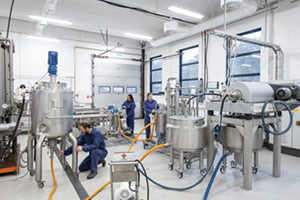
Aquafeeds
Nofima identifies optimal feed components for the sea lice cleaner fish ballan wrasse
A Nofima study has identified key feed components for ballan wrasse, a sea lice cleaner fish important to Norway's salmon industry.



